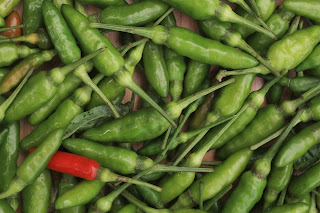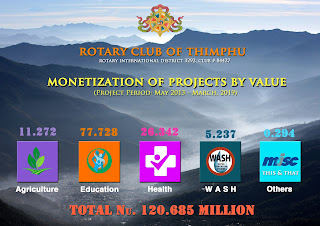A curious and enquiring mind is the highest gift nature can endow a person. Such a mind is always questioning, learning, assessing and generally brimming with energy and inquisitiveness. The human civilization owes great debt to these minds.
I too have an enquiring mind that churn information like a high powered blender. When it goes whizzing, I am propelled on a journey that traverses the Cosmos and the Milky Way, and beyond.
Recently I was pushed on a journey of discovery – that of the monies of Bhutan. And look what I have discovered.
Along with the silver Thala two Bronze coins were also ordered on the Calcutta Mint of Government of India, by His Majesty the Drukgyal Ngipa, in 1928. These coins were among Bhutan’s first what are called “milled” coins. Before that all our coins were, what are known as, “hammered” coins.
Look at the superlative quality of the engraving on the coin. The engravings were rendered by an Englishman by the name of Albert Pearson Spencer. Strangely, the word “Druk” is correctly spelt on the obverse of this coin, while there was an error on the Thala milled the same year, same time and in the same mint.
Zangtam of 1928 - Bhutan's first milled coin. Two sizes of these Zangtrums were issued. The larger of the two was 26.5mm in diameter while the smaller one measured 25.1mm. The larger of two weighed 7.0g while the smaller one weighed 4.9g
Zangtrum is interpreted thus:
Zang = Bronze
Trum = Coin
The other unique coin I came across during my relentless search is the following coin. I have never seen nor heard of it before in my life. Coin historians tell me that this type of coin is known as “Gold Washed Coins”.
Gold-washed Maartrum
I cross-checked with experts and they tell me that it is indeed Bhutanese in origin. Most likely gold-plated Maartrum.















































